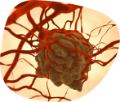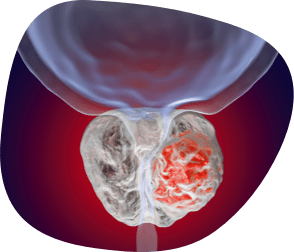FDA-approved Product
Therapy Areas
Sanofi has approved therapies for the following cancer types:
- Blood: relapsed and/or refractory multiple myeloma (MM)
-
Prostate: metastatic castration-resistant prostate cancer (mCRPC)
Sanofi is also focused on hyperuricemia related to tumor lysis syndrome (TLS).
Educational Resources

General
Time to Screen: Information on Early Cancer Detection
TimeToScreen.org encourages and reminds people to take control of their health by getting recommended cancer screenings. The campaign is led by two national, non-profit organizations, Community Oncology Alliance (COA) and CancerCare.

Multiple Myeloma
Minimal Residual Disease in Multiple Myeloma
One in a series of PDFs that provide education on relevant topics in MM. This edition focuses on minimal residual disease (MRD), and includes an overview of MRD and the impact of achieving early and sustained MRD negativity on patient prognosis and outcomes.

Associated Clinical Guidelines and Recommendations
NCCN | National Comprehensive Cancer Network | 2025
IMWG: Treatment | International Myeloma Working Group | 2021
IMWG: Response Criteria | International Myeloma Working Group | 2016
IMWG: Renal Impairment | International Myeloma Working Group | 2023

Prostate Cancer

Associated Clinical Guidelines and Recommendations
NCCN | National Comprehensive Cancer Network | 2025
Sanofi does not review or control the content of non-Sanofi websites.
Engage with Sanofi Payer Medical
Explore Other Therapy Areas

Immunology and Inflammation Resources

Neurology Resources

Rare Blood Disorders Resources

Member Engagement and Population Health Resources


